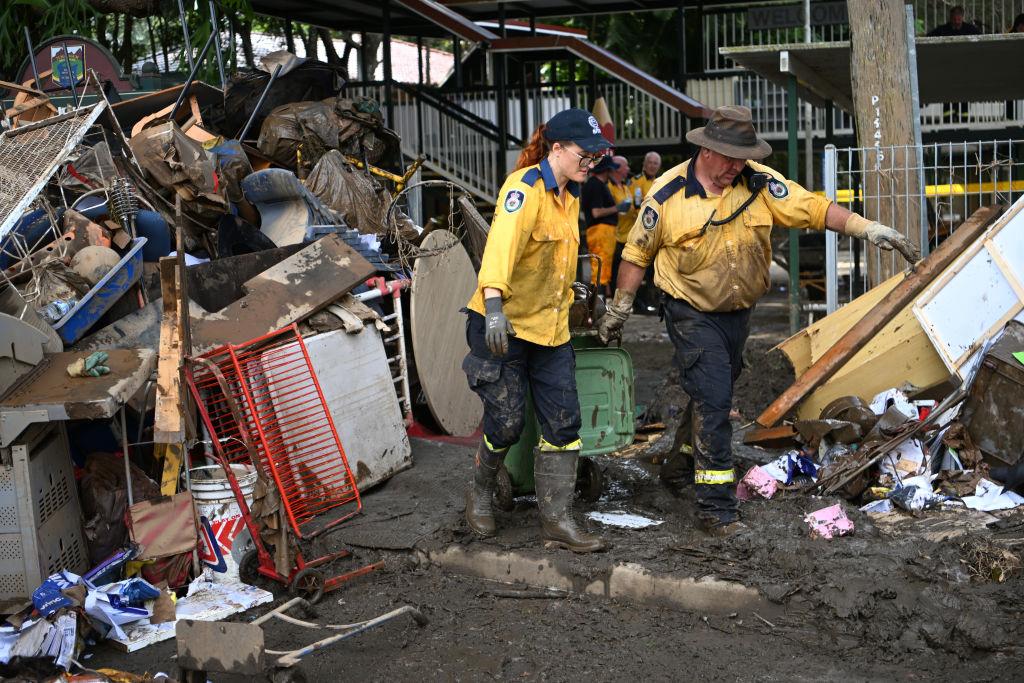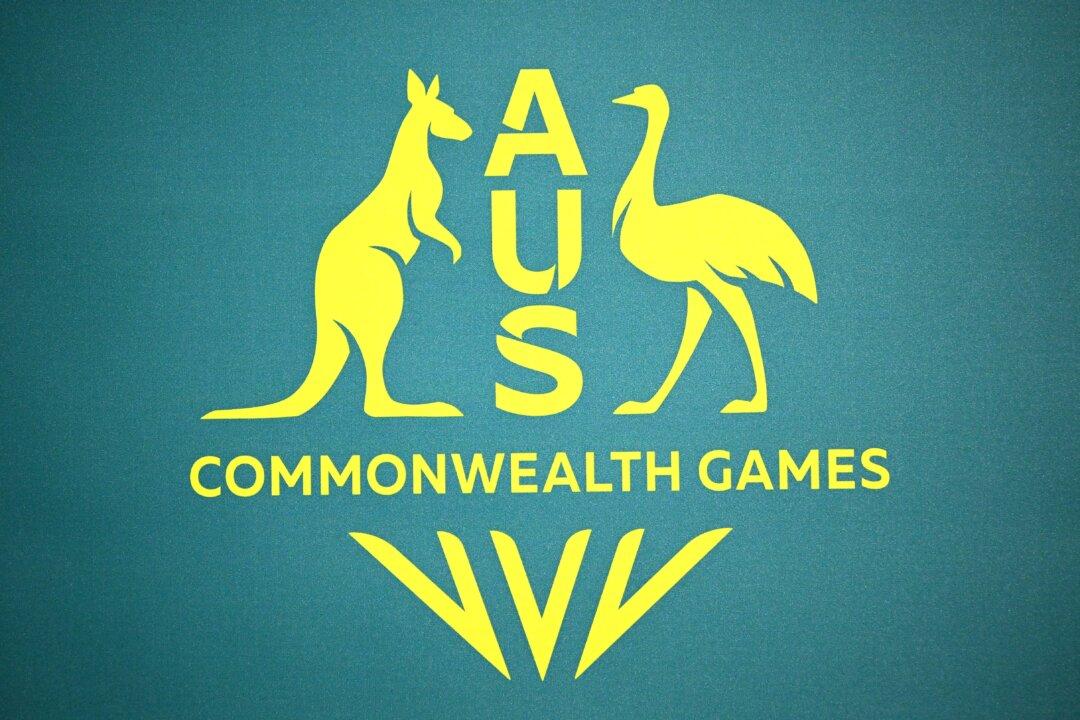One major Australian bank has begun phasing out cash transactions at a number of its branches saying it is keeping up with the changing behaviour of customers.
Australia and New Zealand Banking Group (ANZ)—one of Australia’s “Big Four”—revealed it would begin removing cash withdrawals and deposit services on March 30.





